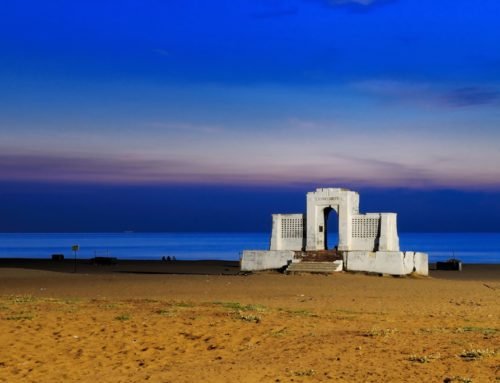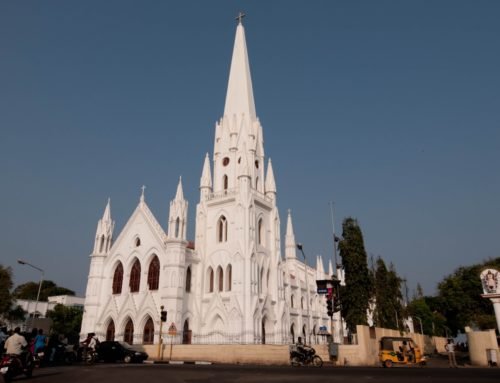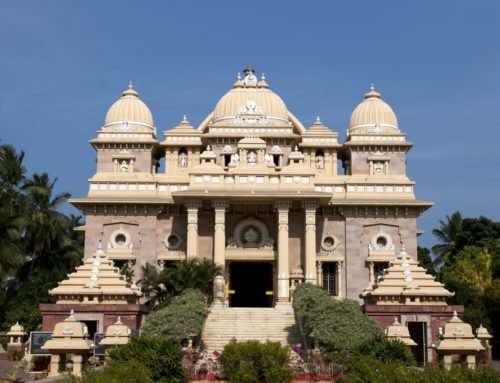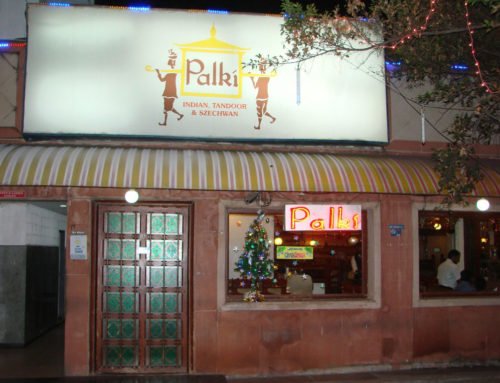Overview
- Features: East India Company’s principal settlement, today, the Secretariat & Legislative Assembly of the Tamil Nadu government.
- Opening Times: 10am to 5pm (Sat-Thu)
- Best Time to Visit: Late October to early March
- Duration: 2 to 3 hours
- Travelled By: Bus
- Cost: Fort Museum Indian/foreigner Rs 5/100
- Address: Rajaji Salai, Fort St George, Chennai, Tamil Nadu, India
- Type: Fort
Author Reviews[display_rating_item_results rating_form_id=”2″ rating_entry_ids=”1″ show_category_filter=”false” show_options=”true” result_type=”star_rating” preserve_max_rating=”true” show_title=”false” show_count=”false” ]
Total Rating: [display_rating_result rating_form_id=”2″ show_count=”false” show_rich_snippets=true] [accordions load=”1″] [accordion title=”User Reviews” last] [display_rating_item_results rating_form_id=”5″ show_options=”true” result_type=”star_rating” preserve_max_rating=”true” show_title=”false” show_count=”true” show_rich_snippets=true] [/accordion] [accordion title=”Add Review”][display_rating_form show_email_input=”true” show_comment_textarea=”true” show_name_input=”true” rating_form_id=”5″] [/accordion] [/accordions]
Summary
Built in the 17th century by the British East India Company, Fort St George has undergone many face lifts over the years. Inside the vast perimeter walls is now a precinct housing the Secretariat & Legislative Assembly of the government of Tamil Nadu. The Fort Museum has some interesting military memorabilia from the British and French East India Companies, as well as the Raj and Muslim administrations.
Fort St George Chennai
The sloping ramparts, with battlements for gun emplacement that can still be seen today, were designed and constructed by Bartholomew Robins in 1750, after the original walls were destroyed by the French army in 1749. These ramparts form an irregular pentagon, further reinforced by a ring of earthen walls that slope down to a moat surrounding the entire complex. The drawbridges that once led to the Fort’s five main gates have now been replaced by roads.
The first building to be seen on entering the Fort through the Sea Gate is the Neo-Classical Secretariat, which is today the seat of the government of Tamil Nadu. Behind it lie the Legislative Council Chambers. With their handsome classical lines and facades embellished with gleaming black pillars, these impressive buildings, built between 1694 and 1732, are said to be amongst the oldest surviving British constructions in India. The 45-m (148-ft) tall flagstaff was erected by Governor Elihu Yale in 1687 to hoist the Union Jack for the first time in India. Today, the Indian tricolour flies in its stead. Yale began his career as a clerk with the East India Company and later founded Yale University in the USA, with his considerable fortune.
[singlepic id=674 w=720 h=560 float=center]
[singlepic id=677 w=720 h=560 float=center]
Standing to the south of the Legislature building is St Mary’s Church, the oldest Anglican church in Asia. It was built between 1678 and 1680 by Streynsham Master, then the Governor of Madras. Memorials, paintings, antique Bibles (including one printed in 1660) and silver are displayed in the church, and speak of its vibrant history. Both Elihu Yale and Robert Clive were married in this church, and the three daughters of Job Charnock were baptised here before the family moved to Bengal. Arthur Wellesley, who later became the Duke of Wellington and triumphed at Waterloo, and Robert Clive, both lived in Fort St George. Their residences, Wellesley House and Clive House, still stand, albeit in a somewhat dilapidated condition, across from the church.
[singlepic id=673 w=720 h=560 float=center]
To the north is the Parade Ground, formerly Cornwallis Square, which was laid out in 1715. Magnificent parades and rallies were held here. To its east are ministerial offices, and barracks for regiments. Near the southeast corner of the Parade Ground is the Fort Museum, built in the 1780s. A treasure trove of colonial memorabilia, the museum is housed in what was built to be the Public Exchange. It has paintings of British royalty, 18th century weaponry, emblems and other relics from the British era. Among its prized possessions are a scale model of the Fort and a painting of King George III and Queen Charlotte. There are lithographs on the second and third floors that provide fascinating perspectives of old Madras and other parts of South India.
Near the museum’s southern end, and overlooking its cannon, is the Cornwallis Cupola, which originally stood in the Parade Ground. It is the largest one built to house the statue of the governor-general, Lord Cornwallis, sculpted in 1800. It shows him accepting the two young sons of Tipu Sultan as hostages.
Getting to & from Fort St George
Fort St George is located south of George Town near Chennai Port. The most affordable way to get here is to take a train to Chennai Fort or Chennai Beach train station and then an auto rickshaw a short distance to the fort entrance on North Beach Road. There is a bus station right in front of the fort entrance as well; ask for the Chennai Port Trust stop. Alternatively, you can take an auto rickshaw or taxi which will take you straight to the fort entrance. Private cars with chauffeurs are also available to hire for the day from reputable hotels or travel agencies in town.







